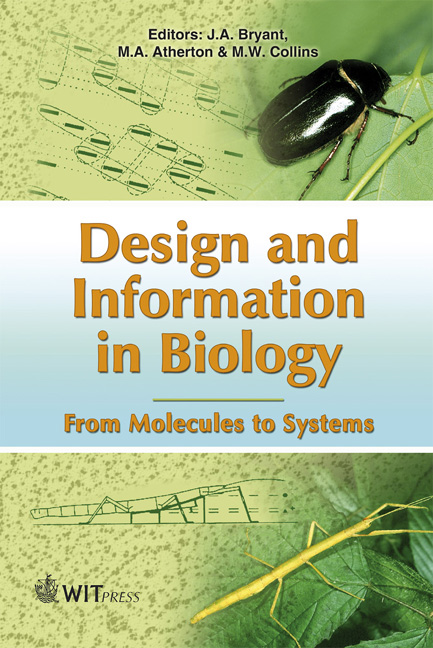Searching For Improvement
Price
£23.00
Volume
27
Pages
35
Published
2007
Size
2350 kb
Paper DOI
10.2495/978-1-85312-853-0/12
Copyright
WIT Press
Author(s)
M.A. Atherton & R.A. Bates
Abstract
Chapter 12 Searching for improvement M.A. Atherton1 & R.A. Bates2 1School of Engineering and Design, Brunel University, UK. 2Department of Statistics, London School of Economics, UK. Abstract Engineering design can be thought of as a search for the best solutions to engineering problems. To perform an effective search, one must distinguish between competing designs and establish a measure of design quality, or fitness. To compare different designs, their features must be adequately described in a well-defined framework, which can mean separating the creative and analytical parts of the design process. By this we mean that a distinction is drawn between identifying novel design concepts, or architectures, and the process of detailing or refining existing design architecture. In the case of a given design architecture, one can consider the set of all possible designs that could be created by varying its features. If it were possible to measure the fitness of all designs in this set, then one could identify a fitness landscape and search for the best possible solution for this design architecture. In this chapter, the significance of the interactions between design features in defining the metaphorical fitness landscape is described. This highlights that the efficiency of a search algorithm is inextricably linked to the problem structure (and hence the landscape). Two approaches, namely, genetic algorithms and robust engineering design are considered in some detail with reference to a case study on improving the design of cardiovascular stents. 1 Introduction 1.1 Search domains The term blue print continues to be used, figuratively at least, long after the original device ceased to be widely used in engineering design.Ablue print represented an expectation that the designer’s intent would be faithfully reproduced in the finished artefact. It was not necessarily a plan of how to make the object but might indicate why any modifications to the original design had been made. Invariably these revisions of the blue print would be based on actual performance of the object and thus improved designs were often the result of trial-and-error. That is to say, the design process was heuristic.
Keywords





